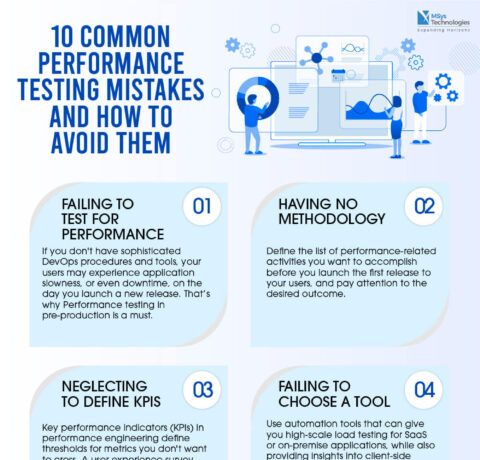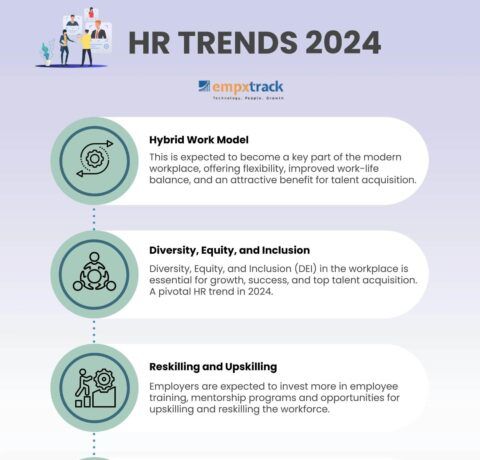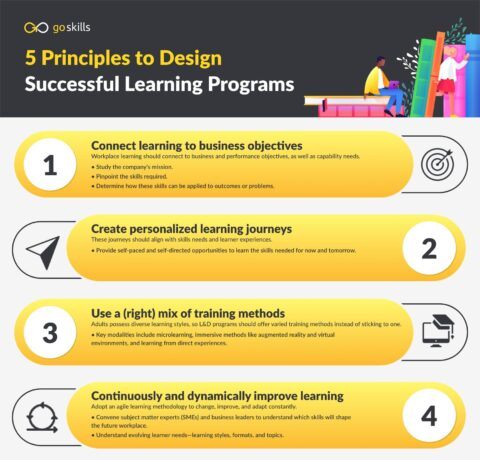The Onboarding New Hire Statistics You Need To Know (With 2018 Updates)-Infographic
Onboarding programs haven't quite been given the attention they deserve. The truth is, companies with strong onboarding processes, have significantly better employees, retention, productivity levels, and overall satisfaction. Don't believe us? Let the numbers speak for themselves.
Without Onboarding
Turnover costs can damage your bottom line in a big way. Companies lose 25% of all new employees within one year. As much as 20% of staff turnover happens within the first 45 days of employment. $3,000 to $18,000 is the expense to replace an overage employee.
Half of all senior outside hires fail within 18 months in a new position. Estimates vary depending on the organization, but the cost of a single failed executive level manager can be as high as $2.7 million.
32% of global executives say that the onboarding they experienced was poor.
Loss Of Productivity
It takes new hires 8 to 12 months to gain proficiency comparable to their tenured co-workers. Lost productivity due to new hire learning curves can cost from 1% to 2.5% of total business revenues.
In the US and UK alone, an estimated $37 billion is spent annually to keep unproductive employees who do not understand their jobs.
With Onboarding
Organizations with a standard onboarding process experience 54% greater new hire productivity. The employees of those companies that have the longest onboarding programs gain full proficiency 34% faster than those in the shortest programs—a difference of 4 months.
77% of new hires who hit their first performance milestone had formal onboarding training.
Manager satisfaction increases by 20% when their employees have formal onboarding training. Automating onboarding tasks results in 18% greater achievement of the employee's first performance goals.
Increased Employee Retention
Organizations with a standard onboarding process experience 50% greater new hire retention.
Automating onboarding tasks results in 16% higher retention rates for new hires.
If employees feel they are learning and growing in your organization, you'll be less likely to lose upwards of 60% of your entire workforce within four years.
Happier Employees
Strong onboarding programs help your employees engage with one another and understand how their roles work together. This can lead to office friendships as a result, which have a very positive effect on productivity and overall satisfaction.
In fact:
- 70% of employees say friends at work is the most crucial element to a happy working life.
- 50% of employees with a best friend at work report that they feel a strong connection with their company.
- 58% of men and 74% of women would refuse a high paying job if it mean not getting along with their co-workers.
Automating onboarding tasks such as new employee forms, benefits enrollment, orientation to company information, and employment verification through I-9 forms with your business's HR software enables your managers to spend more time on the social and cultural elements of onboarding.
Onboarding Practices
35% of onboarding companies spend $0 on onboarding. Most companies spend less than 2 months on onboarding.
25% of companies say their onboarding program does not include any kind of training. 60% of companies indicate they don't set any milestones or goals for new hires.
Research shows that approximately 30% of all organizations work at the level of "passive onboarding"—the idea that onboarding is a checklist of unrelated tasks to be completed.
About 50% of all firms have "high potential onboarding"—the complete process has not yet been established in a systematic way across the organization, but some culture and connection mechanisms are in place.
Only 20% of all organizations achieve "proactive onboarding"—systematically organizing onboarding with a strategic human resource management approach.
49% of companies are currently updating their onboarding programs. 22% continually update their program. 19% updated within the last 2 years. 10% have not updated their onboarding program in more than 3 years.
The Competitive Advantage
According to a recent study, 73% of respondents indicated that the largest catalysts driving change to their onboarding programs are to: accelerate new employees' performance and improve employee retention and loyalty.
The 22% of surveyed companies who continually update their programs are likely better positioned to uncover and act upon industry indicators and employee trends in the organization.
Technology Solutions
Tech tools are becoming the go-to solution for onboarding new employees. Many companies utilize multiple technology options to get new hires up to speed. The most popular design and delivery modes include eLearning, web-based portals, videos, webinars, and survey tools.
- 62% of companies use a company-wide intranet for onboarding
- 55% eLearning programs
- 40% dedicated web-based portal
- 39% video
- 30% webinars
- 27% survey tools
- 13% social networks
- 8% video conferencing
- 6% mobile performance support tools







You can adjust your cookie preferences here.